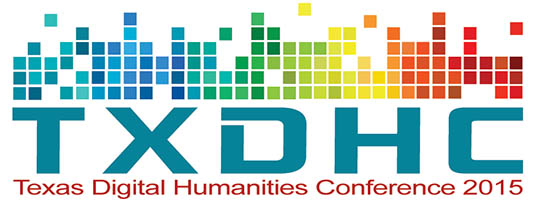Considering Frameworks for the Ideal Digital Research Community: The Past and Present of 18thConnect
Document Type
Presentation
Abstract
The humanities community has strived to develop tools and methods for conducting research and fostering learning in digital spaces, yet scholars are still asking questions about what these spaces should look like. How do we build successful humanities research communities online? How do we aggregate data to provide useful search environments for advanced scholars? How can we meaningfully incorporate digital tools and methodologies into the classroom? Multiple scholars, organizations, and companies have advanced different answers to these questions. The DPLA provides users with a platform to search aggregated content from many providers. Projects such as MLACommons and 18th-Century Common provide opportunities for subsets of humanities scholars to create a shared space to collaborate and learn together. Innovative projects like Metadata Games, the Smithsonian Transcription project, and PRISM engage undergraduate students in exploring how the digital can illuminate meaning within data, historical documents, and encoding. Proprietary products like Early English Books Online (EEBO) and Eighteenth Century Collections Online (ECCO), as well as scholar-driven digital projects and editions like The Poetess Archive or Romantic Circles seek to digitally collect and share documents on a particular subject or time period. Yet these projects, tools, and resources are scattered far and wide both digitally and conceptually, making it time-consuming and inefficient for scholars and students seeking to negotiate a balance between digital and traditional means of research and learning. The Advanced Research Consortium (ARC), housed at the Initiative for Digital Humanities, Media, and Culture (IDHMC) at Texas A&M University, organizes the efforts of several virtual research environments, or nodes. These nodes are period-specific and contain aggregated content from a variety of sources both proprietary and free culture. Additionally, they offer peer review of scholarly digital projects and develop software to explore node-specific issues. While all ARC nodes are committed to providing virtual research environments that locate resources and interdisciplinary interests in one digital space, recent technical and social developments serve to highlight 18thConnect as a model for an ideal online research community. These recent innovations to 18thConnect provides researchers and students with the means to search, make, play, and collaborate in one virtual research environment. ARC is committed to “meeting scholars where they are” instead of forcing scholars into a predetermined box that assumes certain needs, wants, or technical skills (Author). This same mentality has pushed 18thConnect to seek out diverse means of searching diverse content, methods for students and scholars to engage and play collaboratively, and support for scholars and students dipping their toes into digital humanities and digital methods. However, this is not to say that 18thConnect is a perfect model for the design of scholarly research environments. In this paper, we intend to present both a model for digital research communities and discuss the difficulties inherent in building such a community by looking at the past and present incarnations of 18thConnect’s technical and social infrastructure. Bibliography Author. “Article Title.” Scholarly Research and Communication 5.4 (2014): n. pag. Web. 10 Jan 2015.
Disciplines
Arts and Humanities | Digital Humanities
Publication Date
4-10-2015
Language
English
License

This work is licensed under a Creative Commons Attribution-NonCommercial-Share Alike 4.0 International License.
Recommended Citation
Grumbach, Liz and Christy, Matthew, "Considering Frameworks for the Ideal Digital Research Community: The Past and Present of 18thConnect" (2015). Texas Digital Humanities Conference 2015. 11.
https://mavmatrix.uta.edu/digitalhumanities_conf2015/11

